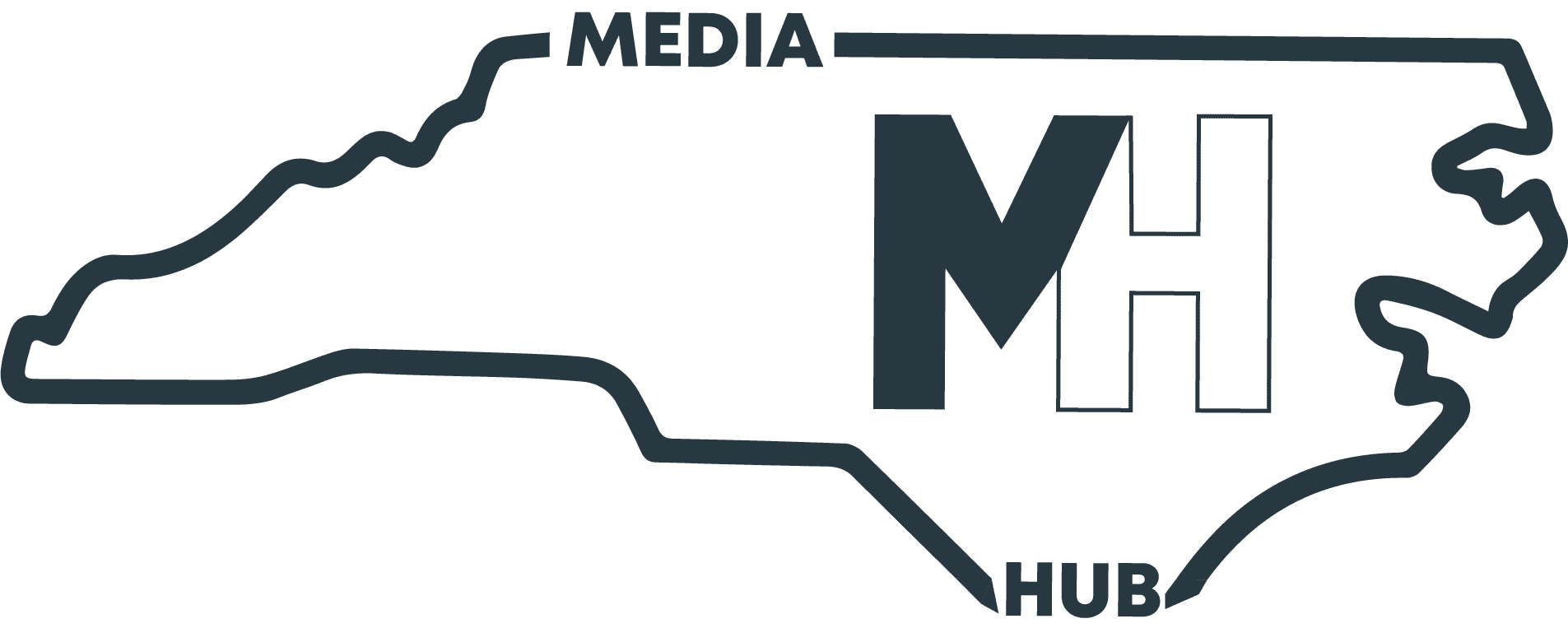By Chip Sweeney
HUQOQ, Israel — They say if you want to get to know someone, walk a mile in their shoes. I would prefer to think walking a mile and a half at 4:30 in the morning to an Israeli dig site is a more effective method.
And that’s what I did.

The people I got to know are my fellow students at the University of North Carolina at Chapel Hill. We are a group of journalists that went on a trip to Galilee in Israel as part of a class to tell the story of the excavation of a fifth century synagogue.
If there’s one thing I learned from my time growing up in West Virginia, it’s that a smile goes a long way. From a young age, the people of Huntington were always friendly to everyone they came across. I learned to treat strangers the same way I treated my closest friends. The ironic thing about my Israel teammates was that we started off as strangers, but ended up as a tightly bonded group.
It didn’t start that way. On the first day of class, no one really spoke to one another, which made me nervous for the upcoming trip. I’ve always been the type of person to try to work a room and engage with everyone that I can, but when I tried that, no one seemed receptive. Everyone seemed nervous and unusually tense. Spending every waking hour with a group of people I had little in common with would be difficult.
But we started to get comfortable. We bonded over our universal love of journalism. Everyone had different areas of expertise, which helped us find common ground. All of the students specialized in different subsets of journalism – print, broadcast, radio and photography — which helped us later.
The initial bonding moment was the morning walk to the dig site. We woke up at 4 to walk to the site. It was dark, the terrain was hilly and the early hours made it difficult. Everyone disliked the walk, so we complained with one another about it before, during and after we worked each day. But, in retrospect, I’m glad we walked every morning because it gave us something to bond over.
When we got to the dig site, we found that the project was going to be more challenging than we had anticipated. The diggers – many of whom were college students like us — were more reserved than we had expected. Journalism is all about getting people to step outside their comfort zones, and we worked with one another to make sure we got our interview subjects talking. After opening up and showing them we were human beings too, they opened up with us and gave us what we needed to proceed. Along the way, we were able to learn from one another.
There was an initial disconnect between what was needed from print journalists, broadcast journalists and radio journalists. I was paired with a print journalist to do our interviews and stories. The print reporter and I did our first two interviews and both of us felt like we were not getting exactly what we were looking to hear. We ended up discussing the process of our projects, and we realized that broadcast and print look for two different types of answer from their subjects.
We decided that I would ask the general questions at the beginning of the interview while we had the camera rolling, and when I had everything I needed, I would turn the camera off so she could engage further with the interview subject with no pressure of being on camera.
Coming into the project, I knew nothing about radio journalism or photography, but I was able to learn from my newfound friends. We as a group had the sort of connection that is formed after years of knowing one another, despite having only known each other for a week. They helped me become the best journalist I could be.
I went to Israel with 13 strangers, but I walk away with 13 new friends for life.
